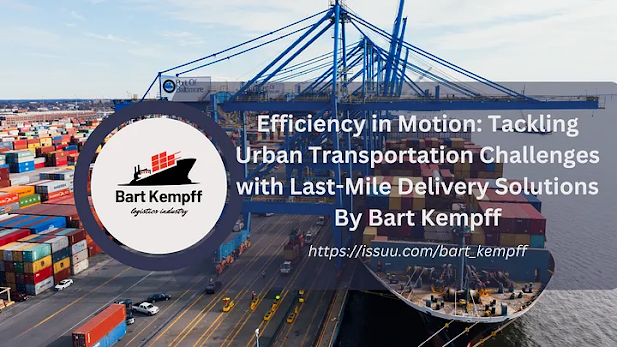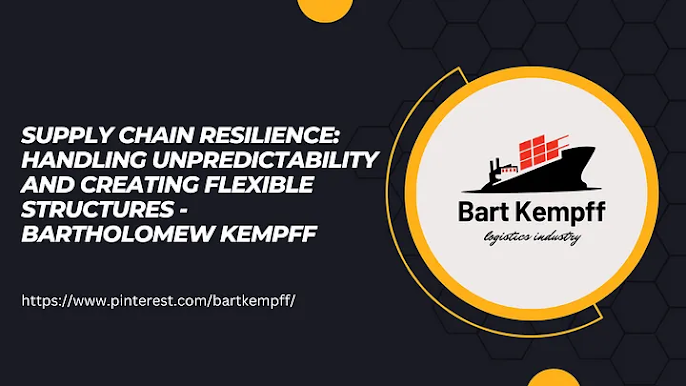Blockchain in Logistics: Transforming the Way We Move Goods By Bart Kempff
.png)
According to Bart Kempff , The logistics sector is undergoing a revolution thanks to blockchain technology, which is changing the way products are transported and tracked. Blockchain makes the whole supply chain transparent, traceable, and accountable with its secure, decentralized ledger system. This innovation reduces the possibility of mistakes, fraud, and inefficiencies because every transaction is instantly recorded and available to authorized parties. Blockchain technology is playing a key role in reshaping the logistics industry by improving data reliability, cutting costs, and speeding up the supply chain's overall efficiency. Hope this information is helpful for you. To learn more, visit here: Bart Kemp ff.
.png)
.png)
.png)

